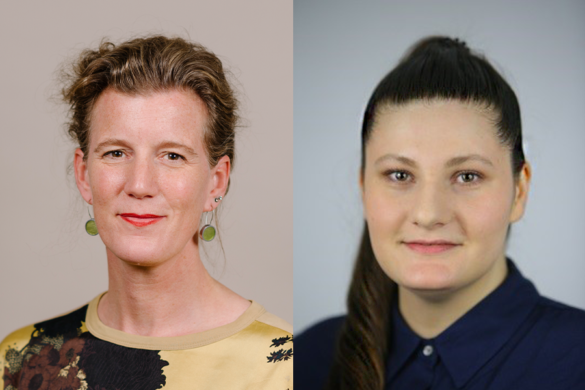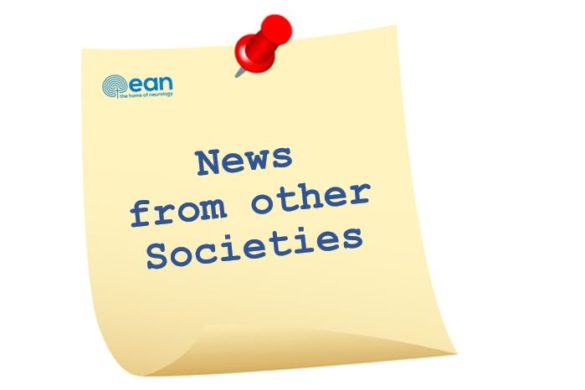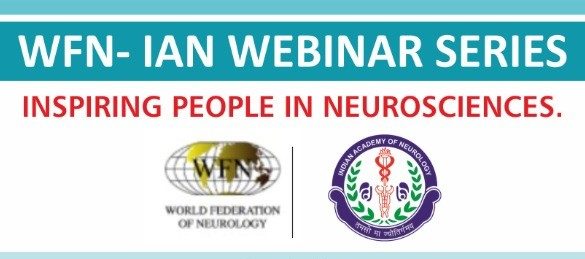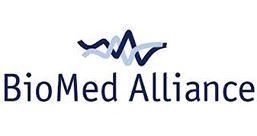by Walter Struhal, Svein Ivar Mellgren and Wolfgang Grisold
Although specialties in Europe have some common guidelines in most European countries neurologic training is practiced differently [1]. These differences might represent a “glass barrier” for residents and young neurologists willing to migrate within the European Union. Harmonisation of residents training is therefore a major goal in Europe. To serve this goal 1) a core curriculum, defining neurology content, 2) European board examinations, and 3) a department visitation programme were recently installed on the European level by the European Board of neurology (EBN)[2], European Union of Medical Specialists (UEMS).
1) Core curriculum
Practical skills are trained mostly in some core competencies of neurology such as stroke, extrapyramidal diseases, MS and epilepsy [3]. Some disciplines such as clinical neurophysiology may not be part of the neurology curriculum in several countries but are still practiced by neurologists or specially trained neurophysiologists.
A common definition of European minimal standards of content and structures of neurology exists. These standards are provided in the UEMS/EBN chapter 6 [2]. The Core Curriculum of Neurology has also been published [4] and is now (2013) in the process of revision.
The issue of skills and particular competences will become more important as future stroke therapies with interventions also need the participation of neurologists [5]. Rotation and exchange of trainees are encouraged by the UEMS and an instrument of announcing available departments (OFTEN) has been established [6;7]. To facilitate this EFNS provides short time bursaries for department exchange (http://www.efns.org/Department-Department-Co-operation-Programme.175.0.html).
2) EBN examinations
Within the recent years the development of European board examinations as a sign of quality and promoter of European harmonization was encouraged by UEMS for all medical specialties. Within the last decade, EBN developed an EBN examination, which took several years of preparation and takes place annually – in 2014 for the sixth time on May 30, Istanbul, Turkey. A member of the Ege University Department of medical education has helped with practical and atmospherical issues and also performed a feed-back analysis from the candidates after the examination [8].
Prior to the examination a passing limit is established by an expert panel by the Nedelsky and Angoff methods.
The examinations consist of 3 steps:
1) national certification of trainees by their national society is considered as part of the examination,
2) 120 multiple choice questions (MCQs),
3) 100 extended matching questions (EMQs).
A 4th step might add some bonus points: a 5-minute oral case presentation. Details and examples might be downloaded from http://www.uems-neuroboard.org/ebn//index.php?option=com_wrapper&Itemid=67.
3) Department visitation programme
The examination is the final loop of training. However, training content, the faculty and also the local conditions are of major importance for the quality of a training programme. For this reason an EBN department visitation programme was established. This concept, also adapted from the UEMS template, means a voluntary visit of a training center, both by representative of the UEMS as well as of the national representatives. EBN department visitations assess departments in the sense of staff, resources, and equipment. This offers a structural visit to training departments, and also reports on the impression based on faculty, trainees and facilities of the teaching unit.
The content of training, the visitation of teaching departments and the EBN board examination offer altogether a European quality circle for neurology.
Link to full article: http://onlinelibrary.wiley.com/doi/10.1111/ene.12177/abstract
Reference List
1. Grisold W, Galvin R, Lisnic V et al. One Europe, one neurologist? Eur J Neurol 2007; 14:241-247.
2. UEMS European Board of Neurology http://www.uems-neuroboard.org/ebn. 2012.
3. Struhal W, Sellner J, Lisnic V et al. Neurology residency training in Europe–the current situation. Eur J Neurol 2011; 18:e36-e40.
4. Pontes C. Recommended core curriculum for a specialist training program in neurology. Eur J Neurol 2005; 12:743-746.
5. Flodmark O, Grisold W, Richling B et al. Training of Future Interventional Neuroradiologists: The European Approach. Stroke 2012.
6. Gilhus NE, Federico A, Grisold W, Muller L, Lopes Lima JM. Open Facilities for Training in European Neurology (OFTEN): a European Board of Neurology initiative. Eur J Neurol 2002; 9:349-352.
7. Sellner J, Schirmer L, Erik GN, Grisold W, Struhal W. The Open Facilities for Training in European Neurology (OFTEN): an emerging pan-European exchange programme for junior neurologists. Eur J Neurol 2012; 19:e54-e55.
8. Caliscan A. – http://ege.academia.edu/ayhan. 2012.
Dr. Walter Struhal is working at the Autonomic Unit and Neurological Intensive Care Unit of the Department of Neurology at the General Hospital in Linz, Austria.
Wolfgang Grisold is WFN Trustee, Chairman of the WFN Teaching Course Committee and is Professor of Neurology in Vienna, Austria
Prof. Svein Ivar Mellgren, UEMS SBN Vice President, works at the Department of Clinical Medicine (Neurology), University of Tromsø, Norway








